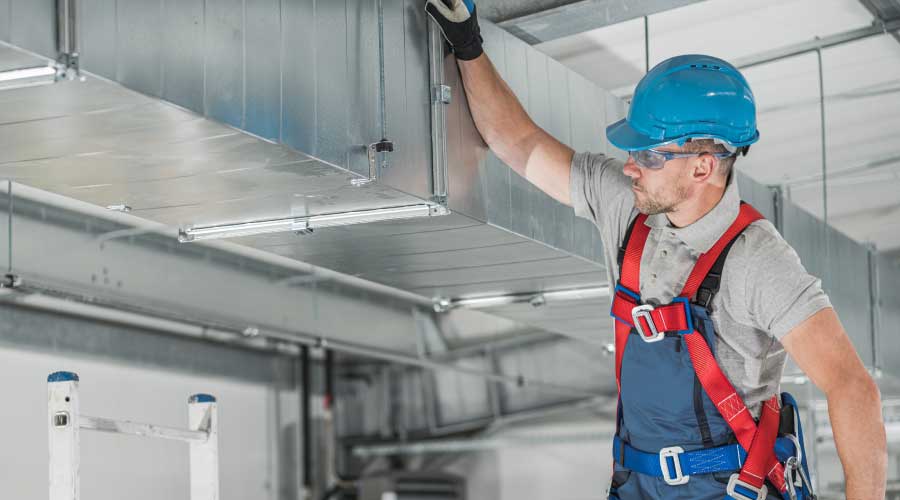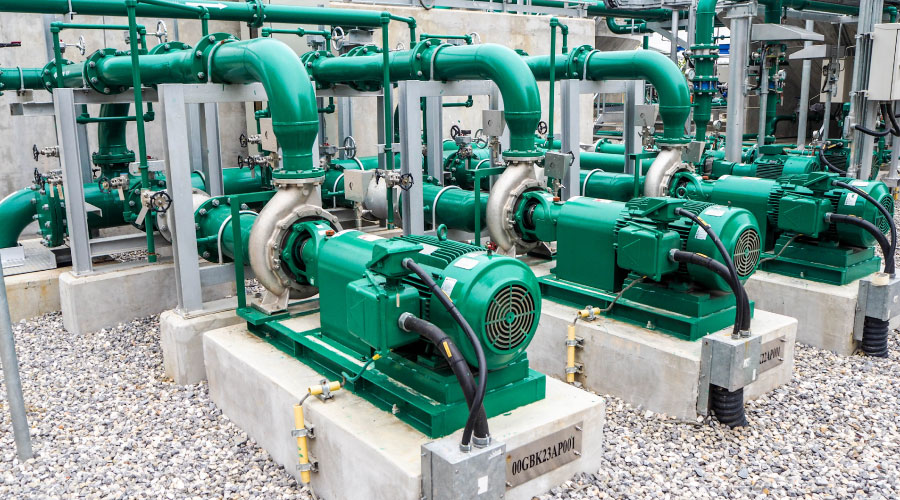Ensure Long VFD Performance With Unique Motor and Wiring Specifications
To ensure a long VFD performance life, managers need to use unique specifications for the motor and wiring. Motors should be rated as inverter duty, meeting requirements under NEMA MG1 Part 31. Inverter-duty motors have insulation rated for higher voltage in order to handle the continuous spikes coming from the VFDs.
If the motor is not inverter-duty rated and cannot be replaced, the VFD manufacturer can recommend power-conditioning equipment to assist in reducing effect of the spikes. The distance between the VFD and the motor will determine the type of output filter and its effectiveness. A dV/dt filter, output reactor, or sine-wave filter are options for power conditioning.
Along with distance concerns, the wiring type and raceway system are important considerations and might be the source of some problems. Basic concerns include interference between power wiring creating noise and affecting nearby critical equipment and controls, along with cable insulation failure. Managers should discuss wiring installation practices with the VFD's manufacturer or a consulting engineer to reduce the chances for problems.
Redundancy And Uptime
The type of space, as well as the critical nature of the items conditioned by the equipment, will determine system redundancy and uptime. VFD failures are minimal, but they do happen, and repairs usually require the connected equipment to be offline for a period of time. Typical HVAC operations do not require 100 percent uptime, but data centers, hospitals, and laboratories are examples of applications with uptime needs.
A manager's concerns about lost revenue and tenant complaints also might drive uptime requirements. Technicians might use a bypass to maintain operation during failure of the VFD. The bypass allows power to circumvent the VFD and apply full power to the connected equipment. It is important to note that the connected equipment will run at full speed during bypass. If the system controls cannot handle the full speed, a bypass might not be of value.
Managers can specify two types of bypasses when VFD failures occur:
- Internal bypasses are located within the VFD and allow the equipment to operate until technicians can schedule downtime for replacement or repair.
- External bypasses allow technicians to remove the VFD from the system for replacement or repair.
External bypasses cost significantly more than internal bypasses and require more wall space. Managers should evaluate the need for a bypass versus the cost and true uptime constraints. Many times, a VFD might not be the critical point of failure in the system, and another, less reliable piece of equipment, might cause the most downtime.
Related Topics:














